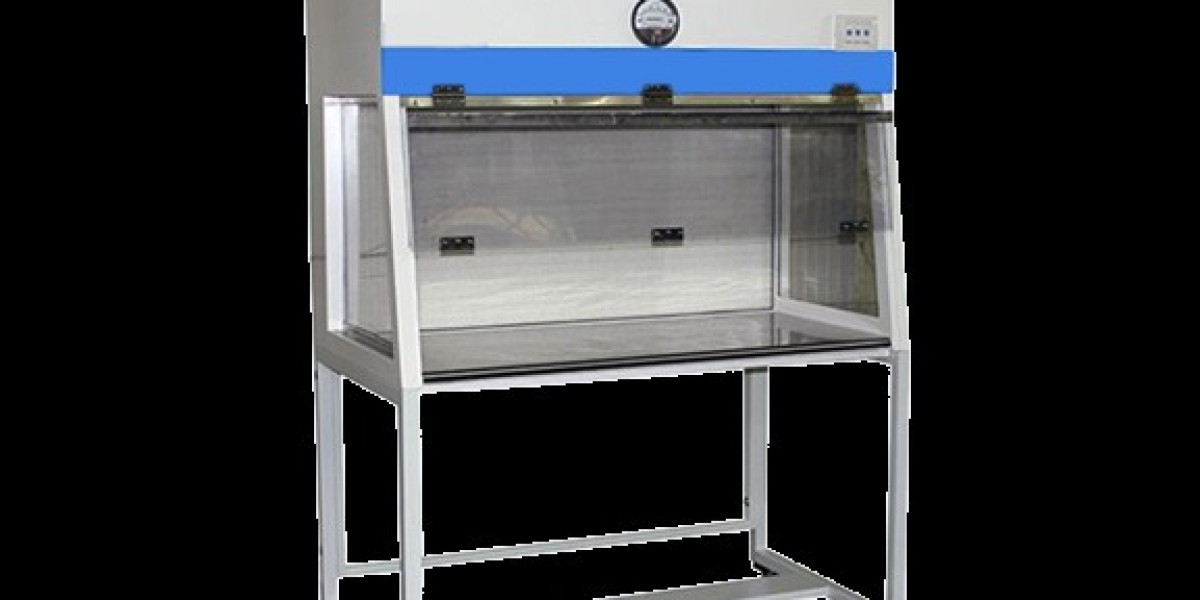Laminar airflow is a unidirectional flow of air that is created by a fan or blower. It is used in laboratories to protect the environment from contamination and to create a sterile work area.
The air in a laminar airflow cabinet is filtered through a HEPA filter, which removes 99.97% of all airborne particles, including bacteria, viruses, and dust. The filtered air is then blown over the work surface in a smooth, even stream. This creates a clean, controlled environment where sensitive materials can be worked on without the risk of contamination.
Laminar airflow cabinets are used in a variety of laboratory applications, including:
- Cell culture
- DNA/RNA purification
- Microbiological research
- Pharmaceutical manufacturing
- They are also used in healthcare settings, such as operating rooms and sterile compounding areas.
The benefits of using laminar airflow cabinets include:
- Reduced risk of contamination
- Improved product quality
- Increased productivity
- Enhanced safety for workers
Laminar airflow cabinets are an essential tool for maintaining a clean and safe laboratory environment. They help to protect the environment from contamination and to create a sterile work area where sensitive materials can be worked on without the risk of cross-contamination.
Here are some additional ways that laminar airflow protects laboratory environments:
- It helps to prevent the spread of airborne contaminants, such as bacteria, viruses, and dust.
- It creates a stable temperature and humidity environment, which is important for many laboratory applications.
- It helps to reduce the risk of electrical shock, by preventing dust and other particles from accumulating on electrical equipment.
- It can help to improve worker productivity, by providing a clean and comfortable work environment.







